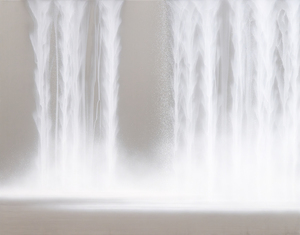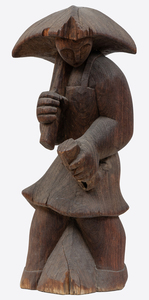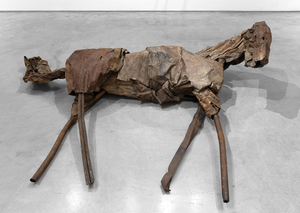Begleiten Sie den Direktor von Heather James Fine Art, Tom Venditti, bei der Besichtigung unserer Flaggschiff-Galerie in Palm Desert, Kalifornien. Wir können uns glücklich schätzen, Tom zu haben. Bevor er zu Heather James Fine Art kam, war Tom Venditti 14 Jahre lang als Senior Director of Art für die atemberaubende Paul Allen Collection tätig , die kürzlich bei einer Auktion mehrere neue Rekorde aufstellte und damit die Stärke des Kunstmarktes triumphierend demonstrierte.
Heather James Fine Art ist bestrebt, eine große Auswahl an Kunst von historischer Bedeutung und ästhetischem Reiz anzubieten, und wir können uns niemanden vorstellen, der besser in der Lage ist, Einblicke in einen Claude Monet zu gewähren und gleichzeitig eine fundierte Sichtweise auf ein fabelhaftes neues Werk von Wayne Thiebaud anzubieten. Wir hoffen, dass Ihnen Toms kuratierte Reise durch verschiedene Genres und hochkarätige Künstler gefällt und dass sie Sie zu einem Besuch bei uns in Palm Desert inspirieren wird, um die Sammlung persönlich zu besichtigen.
Wir freuen uns, unsere Winteröffnungszeiten an unserem Standort in Palm Desert, 455188 Portola Avenue, bekannt zu geben: Montag bis Samstag von 9:00 - 5:00 Uhr.

_tn27843.jpg )


_tn46214.jpg )




_tn39239.jpg )



_tn28596.jpg )




_tn47033.jpg )







_tn16764.b.jpg )
_tn40803.jpg )



